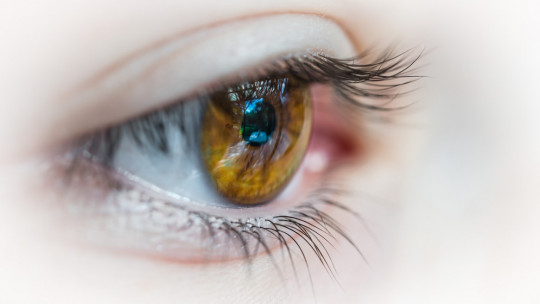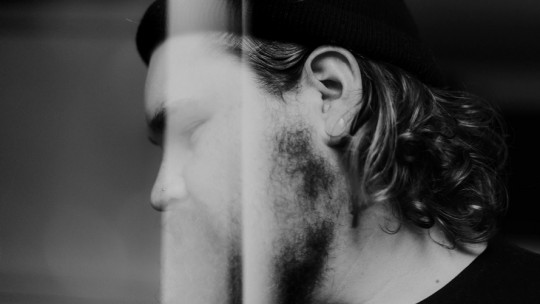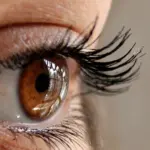
Traumas are psychological alterations that intensely affect both the personal, physical and emotional life of the person who suffers from it.
These can arise and be triggered by various disruptive or violent situations; They are, in short, a type of emotional sequel caused by those events. Now, there are some variants of this phenomenon, and some professions are more susceptible to suffering from some of these types of traumatic experiences. Here we will focus on explaining vicarious trauma and its treatment with EMDR therapy.
What is vicarious trauma?
Vicarious trauma is the affectation and psychological wear experienced by some people who They must expose themselves to, care for or treat, due to their work, people who experience intense personal tragedies suffering situations or who are simply having a very bad time at certain times.
This type of trauma mainly affects professions that are prone to seeing how others experience traumatic situations, such as health personnel, psychologists, police, civil protection personnel, firefighters or armed forces, social workers, etc.

In any of these professions, people are often witnesses of authentic dramas, situations of intense suffering and stories linked to sadness, hopelessness, anguish and other forms of intense discomfort.
In addition to that, the fact of caring for someone who is having a hard time, as happens especially in the case of psychologists and health personnel, It often causes a strong emotional bond to be generated with the person in care which can generate even greater vicarious trauma, due to the closeness we have with these individuals and their life stories.
Main characteristics of vicarious trauma
The nature of vicarious trauma can vary in its symptoms depending on each person who experiences it; However, in most cases, it has the following characteristics.
1. Emotional exhaustion
One of the main characteristics of people who develop vicarious trauma is the tremendous emotional and psychological exhaustion they suffer when dealing with situations of other people’s illness, misfortunes or all types of suffering situations that affect others.
This psychological wear can be greater or less depending on the person and their degree of empathy and in the long run it can become a real problem for your mental health, if it is not treated in time.
In addition to that, vicarious trauma is associated with the appearance of a series of emotional alterations such as anxiety, depression, stressful situations, problems in cognitive abilities (lack of attention or concentration) and also reduced performance. labor.
2. Physical wear and tear
Physical wear and tear is also a characteristic of vicarious trauma, since the person who suffers from it experiences a series of physical symptoms that decisively affect your daily physical health.
Some of these physical symptoms experienced in a case of vicarious trauma are: sleep disorders or difficulties sleeping, sweating, tachycardia, skin conditions, pain and decreased appetite.
3. Loss of healthy habits
As the vicarious trauma progresses in the person’s life, it may also happen that the person progressively abandons a series of healthy habits that he or she maintained before said psychological alteration.
As indicated, the person with vicarious trauma usually experiences alterations in their sleep rhythms, which makes it impossible for them to sleep properly, as well as a decrease in appetite and an alteration in your eating habits.
In addition to that, they may also experience changes in their social habits and even a drastic decrease in the person’s social contacts, as well as an interruption in their sports and recreational habits and in their personal hygiene habits.
4. Feeling of isolation
Many people with vicarious traumas due to their profession tend to feel increasingly isolated from the world, because their trauma increasingly occupies a more predominant space in their lives.
This involuntary or self-imposed isolation must be combated and it can be solved by going to a psychologist who will help us overcome the situation of discomfort that we are experiencing.
Your treatment with EMDR therapy
EMDR therapy is a type of psychotherapeutic intervention widely used in patients who are victims of trauma. It is based on the modification of the neuronal connections responsible for the conservation and evocation of memories especially in relation to the emotional charge of these memory components.
The objective is to perform a series of non-invasive and totally painless exercises so that, little by little, the person integrates traumatic memories into their memory system without the activation of these parts of the brain destabilizing the functioning of the entire central nervous system. . That is, it is not about eliminating or blocking those memories; On the contrary, the aim is to ensure that they remain well integrated in the memory so that one does not enter into the dynamic of trying not to think about it, nor does one suffer anxiety crises or flashbacks every time those memories are evoked (whether voluntarily or voluntarily). involuntary).
In the case of vicarious trauma, EMDR therapy offers the possibility of reexamining the history of these people through a more constructive and humanistic perspective, highlighting the need to accept that in life there is room for discomfort and pain. , without this being a reason to constantly suffer by keeping our attention focused on the most harmful aspects of those experiences.
Are you looking for professional psychological support?
If you want psychotherapy services, contact us.
In Psychotools We work serving people of all ages. You can find us in our therapeutic space located in Barcelona, in the Vallcarca neighborhood.








